
How to Wire a 7 Way Trailer Plug
What is the Color Code for 7-Way Trailer Wiring?
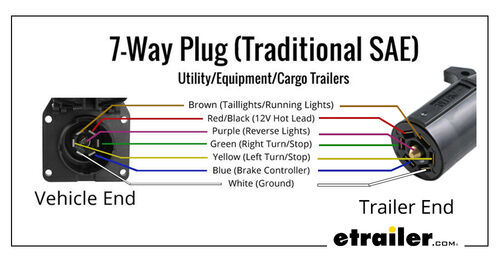
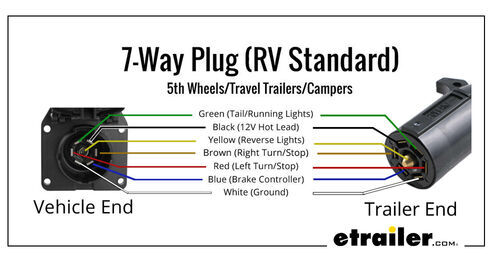

What Size Wire Gauge is Used for a 7-Way Trailer Plug?
Wiring a Trailer with a 7-Way: Step by Step
On the Trailer Side:
A 7-way connector A junction box to organize and secure wiring Ring terminals Wire crimpers Butt connectors and heat gun if using heat-shrink connectors
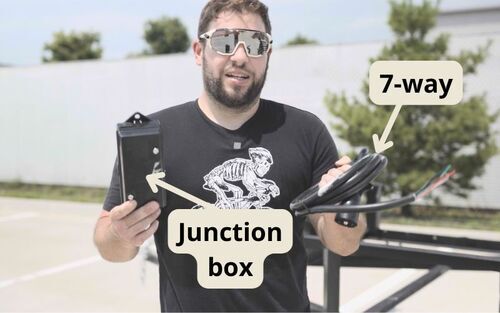
Step 2: Locate or Install Junction Box
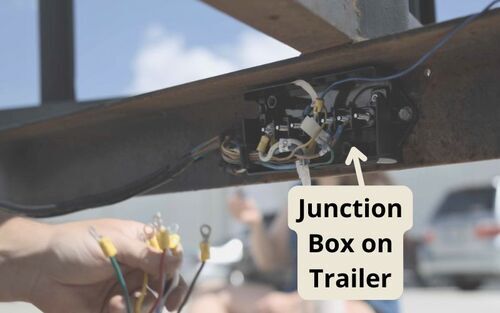
Step 3: Make Wiring Connections


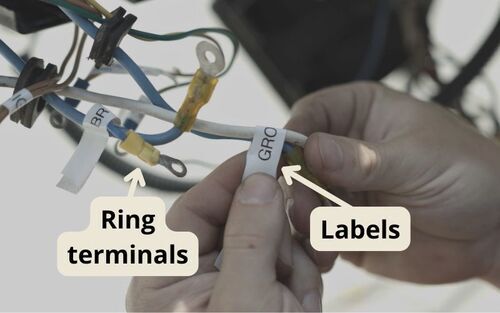
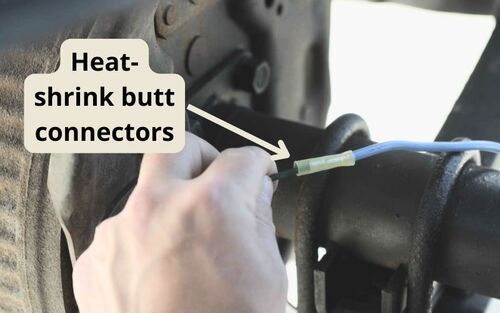
On the Vehicle Side
Step 1: Prepare for Vehicle Wiring Installation
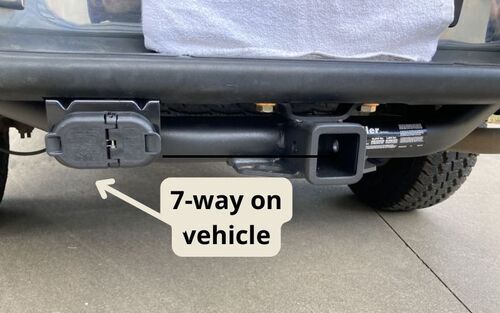
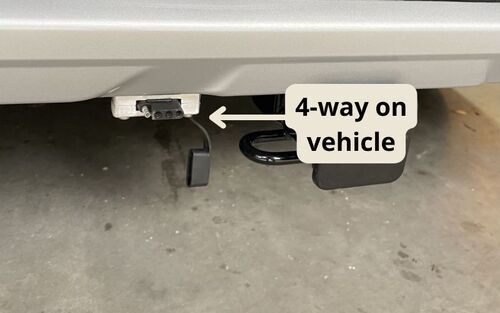
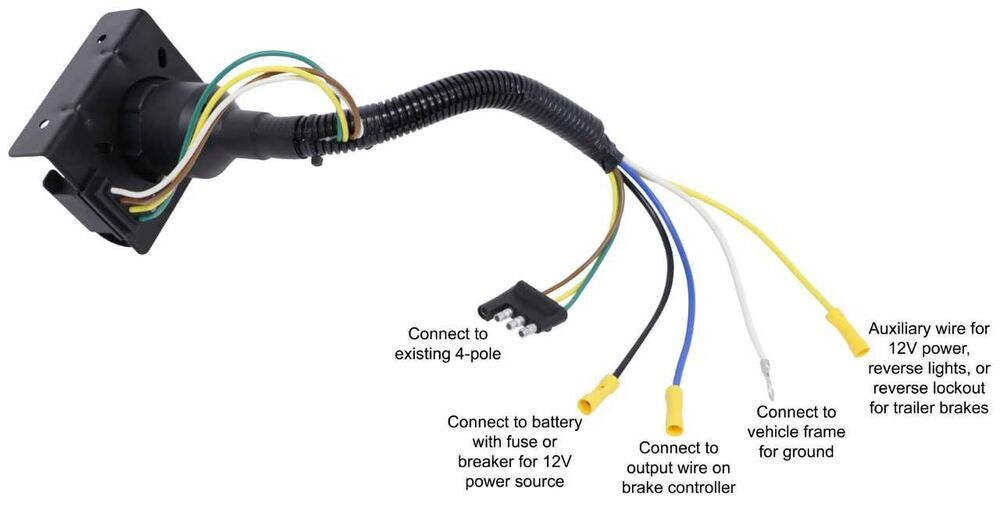
Step 2: Make Vehicle Connections
If the vehicle connector is under the vehicle, use a mounting bracket to attach it to the vehicle. This will help prevent damage that may occur if the connector is left dangling. Use a small amount of grease on all electrical connections—the plugs on your automobile and the connector itself—to help prevent corrosion.
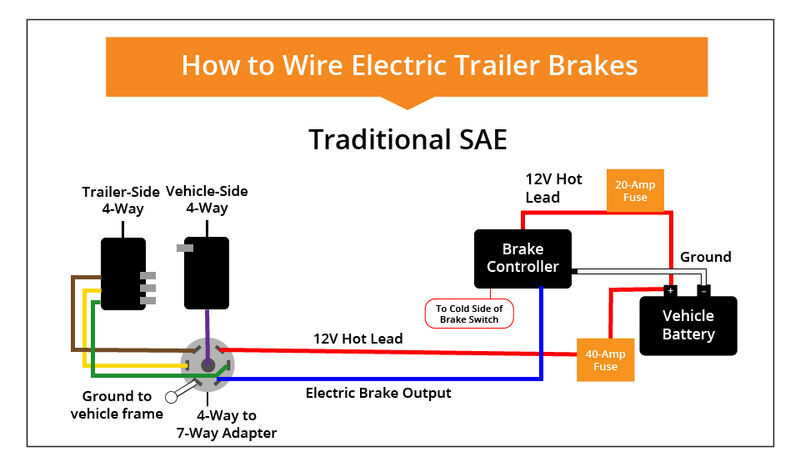

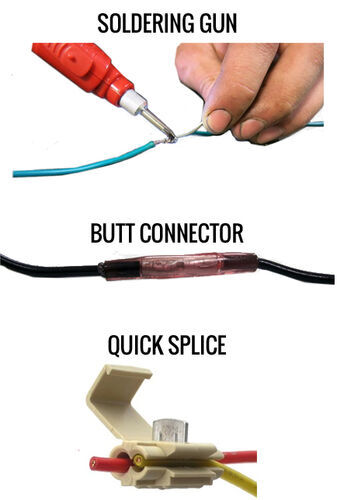
Departments
Towing
- Trailer Hitch
- Fifth Wheel
- Gooseneck
- Towing a Vehicle
- Front Hitch
- RV Hitch
- ATV Hitch
- HD Truck Hitch
- Vehicle Wiring
- Brake Controller
- Ball Mounts
- Weight Distribution
Sports and Recreation
Trailer Parts
- Utility Trailer
- Boat Trailer
- Landscape Trailer
- Enclosed Trailer
- 5th/Camper Trailer
- Car Hauler
- Horse Trailer
Vehicle
Contact & Help




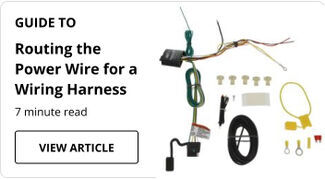
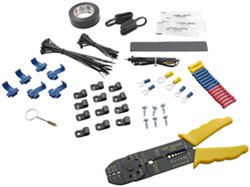
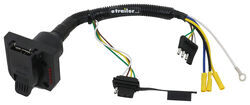
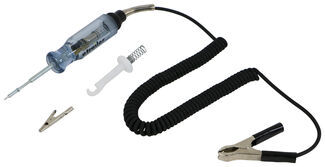

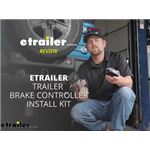











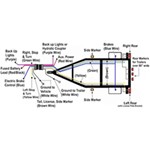
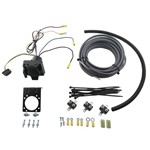

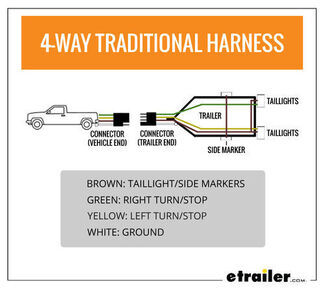

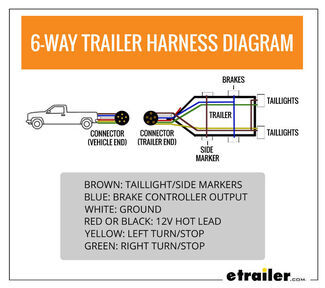
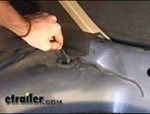


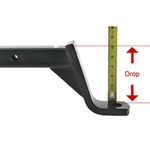
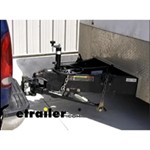

Peter L.
9/25/2025
So I use the running lights, the green wire for the license plate light ?